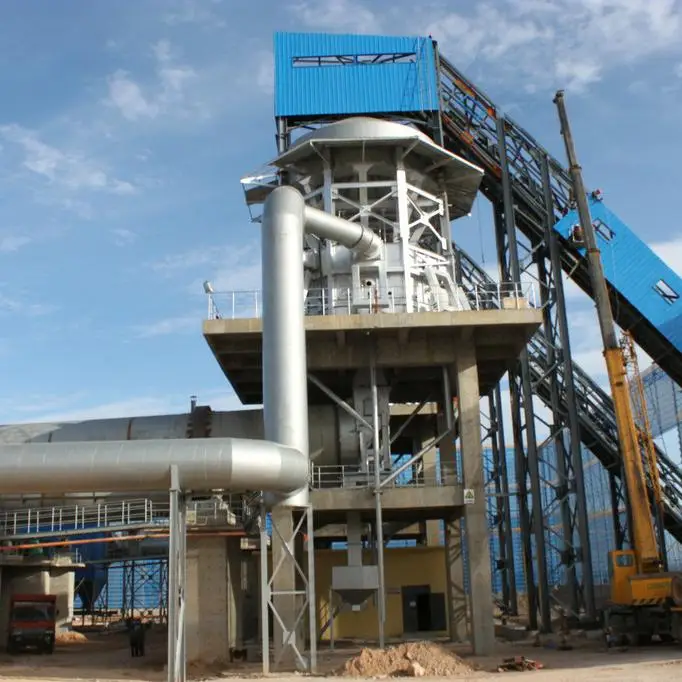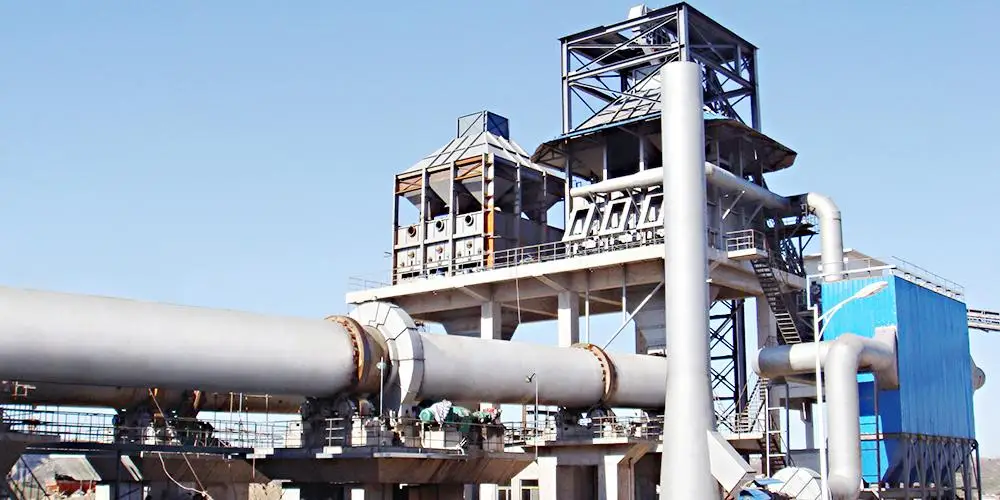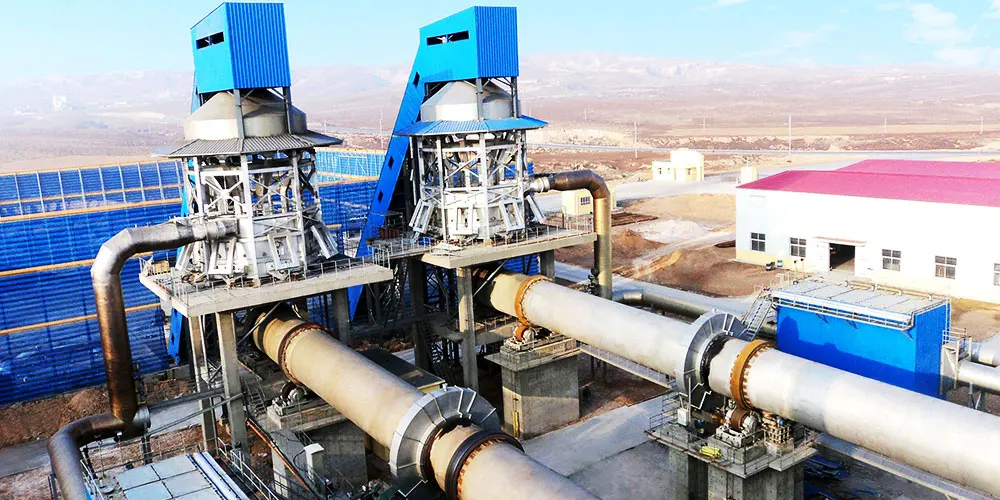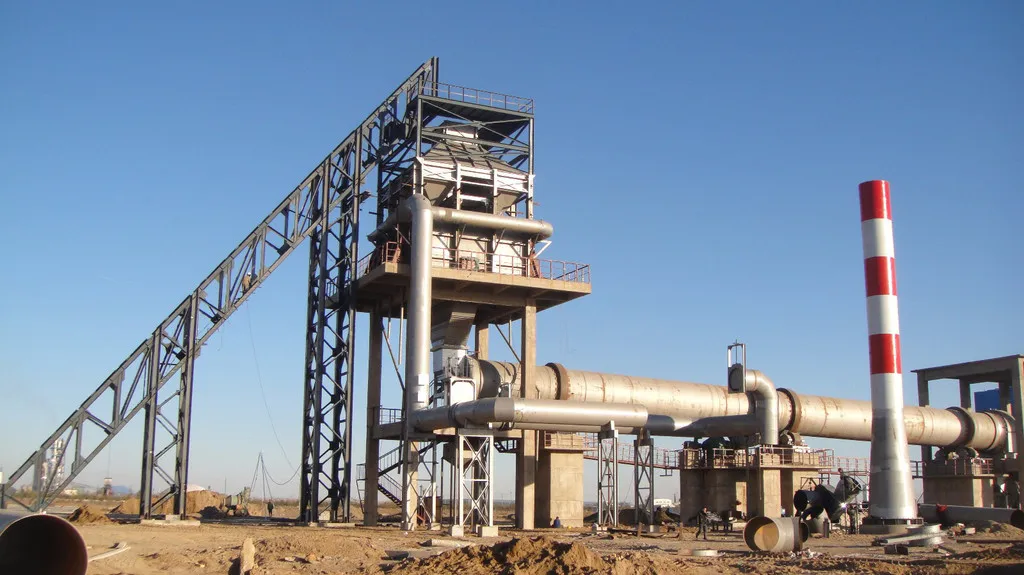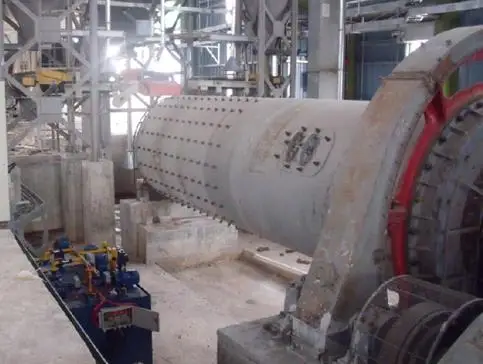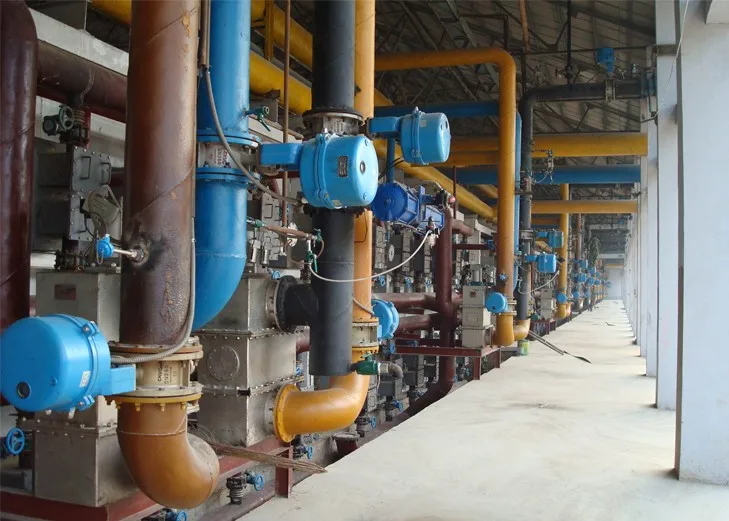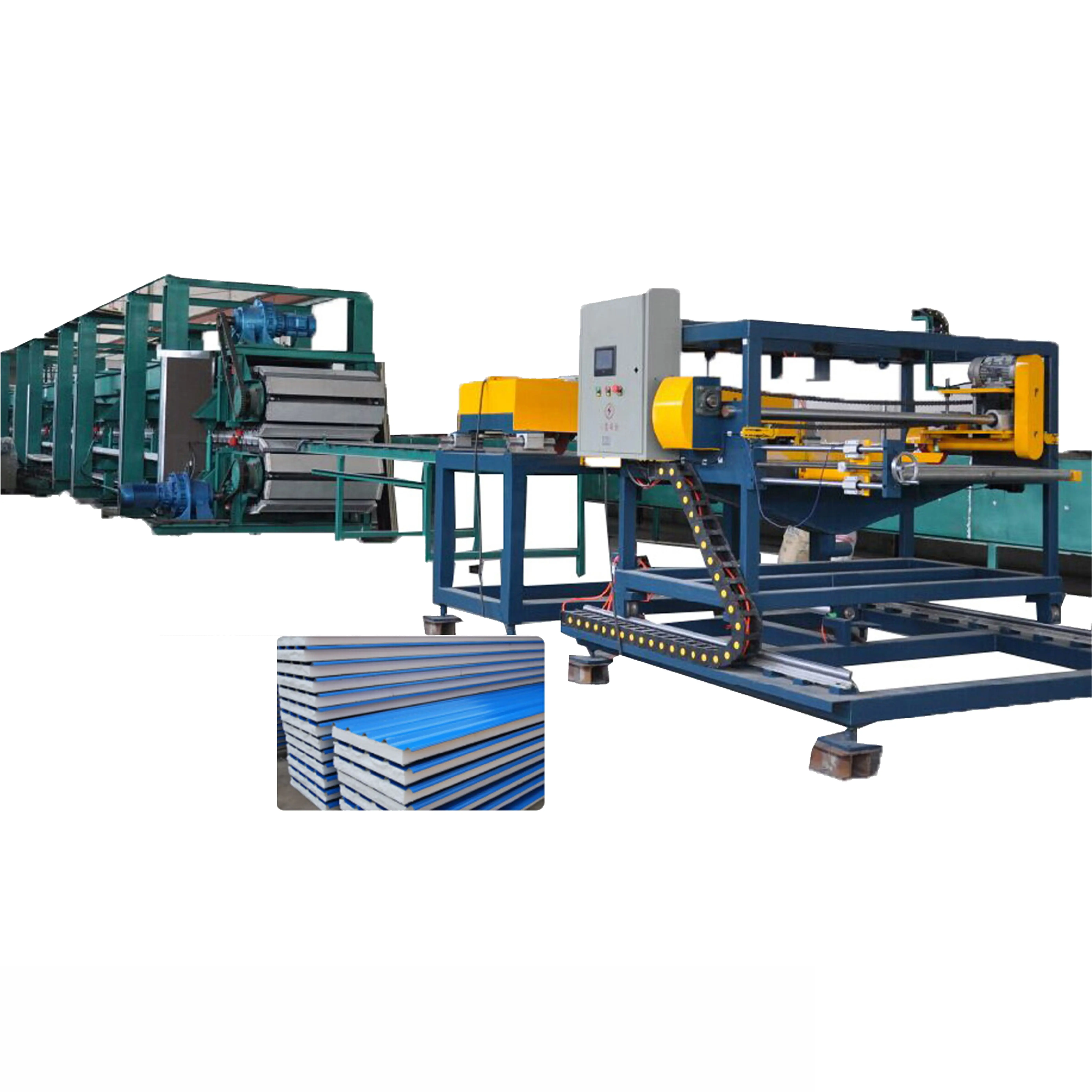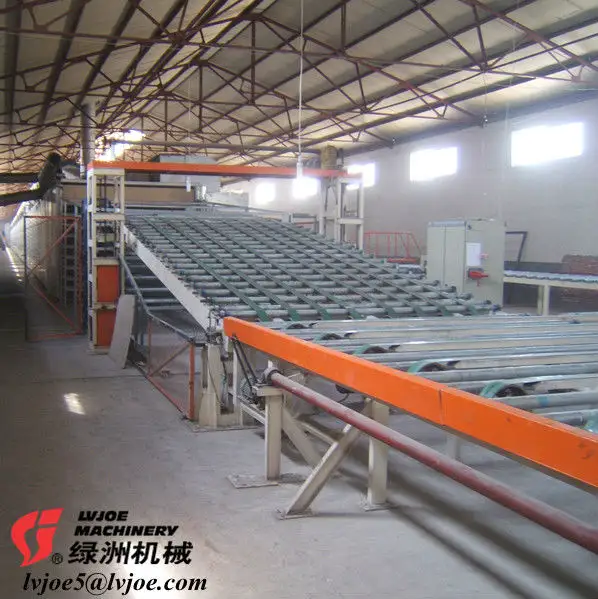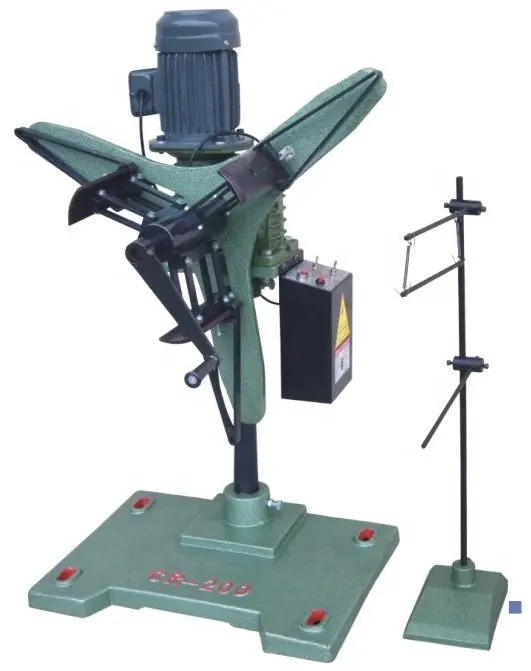Производство магния с помощью технологии Pidgeon производственная линия
- Категория: Other Construction Material Making Machinery >>>
- Поставщик: Zhengzhou,Mega,Industry,Co.,Ltd.
Поделиться:
Описание и отзывы
Трекер стоимости
| Месяц | Минимальная цена | Макс. стоимость |
|---|---|---|
| Sep-18-2025 | 0.53 $* | 0.29 $* |
| Aug-18-2025 | 0.68 $* | 0.88 $* |
| Jul-18-2025 | 0.53 $* | 0.38 $* |
| Jun-18-2025 | 0.88 $* | 0.21 $* |
| May-18-2025 | 0.2 $* | 0.91 $* |
| Apr-18-2025 | 0.96 $* | 0.62 $* |
| Mar-18-2025 | 0.74 $* | 0.81 $* |
| Feb-18-2025 | 0.7 $* | 0.96 $* |
| Jan-18-2025 | 0.87 $* | 0.99 $* |
Характеристики
Production of magnesium by Pidgeonprocess Magnesium Metal Plant
Our factory is founded at 1961, covers 160000m2, has 1600 employees, more than 100 technician teams.
Raw material reserve
Dolomite is crushed in the mine to meet the required particle size and stored in the dolomite yard in the factory. Ferrosilicon and fluorite are directly stored in the warehouse in the factory. The reserves are all considered based on the amount required for production in half a month.
Dolomite calcination workshop
Use energy-saving and environmentally friendly rotary kiln with vertical preheater and vertical cooler. The external dolomite whose particle size and quality meet the requirements is unloaded to the material yard. The loader performs stacking and reclaiming operations. After screening by the vibrating screen, the dolomite with a particle size of 10-40mm is transported to the vertical preheater of the rotary kiln via a belt. The top silo enters the preheater through the feed pipe and exchanges heat with the high-temperature flue gas flowing in from the rotary kiln. The material is preheated to above 800°C, dropped into the transfer chute, and then enters the rotary kiln to be calcined at a high temperature of 1250°C to become active calcined white. Then it is discharged into the cooler, where the high-temperature calcined white heat exchanges with the cold air blown by the fan, the active calcined white is cooled to below 100°C, and the air is preheated to above 600°C. After cooling, the activated calcined white is discharged from the cooler and transported to the ball making workshop by the scale conveyor.
The main reactions are as follows:
CaCO3•MgCO3 = CaO•MgO + 2CO2
The high-temperature flue gas produced by the combustion of the rotary kiln, after heat exchange with the dolomite in the preheater, the temperature drops below 220℃, and then enters the bag filter, after the dust is removed, it is discharged into the atmosphere by the high-temperature fan, and the exhaust gas contains dust The concentration is less than the specified standard.
The whole line adopts advanced technology and reliable PLC control system, centralized operation and management in the main control room.
Ball making workshop
The calcined dolomite is fed into the 1# silo by the elevator for standby; the ferrosilicon is crushed to below 20mm by the jaw crusher, and then is lifted by the elevator into the 2# ferrosilicon block storage bin for standby; the fluorite powder is lifted into the single bucket. 3# Silo. The three raw materials stored in the storage silo are continuously mixed and mixed with the ball mill controlled by the microcomputer. The particle size requirement is less than 100 mesh. The mixed powder enters the ball press after passing through the elevator, storage silo, and buried scraper conveyor. Make pellets. The batching system uses an intelligent control system, and the entire process is fully automated by computer monitoring. The ball mill is driven by a 10kV high-voltage motor, which reduces the power consumption loss compared to the original 380V low-voltage power distribution operation.
The ball making workshop is equipped with 3 sets of dust removal systems, respectively C1# dust removal system is installed at the ferrosilicon crushing part, C2# dust removal system is installed at the batching grinding, and C3# dust removal system is installed at the pressure ball. After comprehensive dust removal treatment, the operating environment of the ball-making workshop is greatly improved compared with the traditional workshop, and the working environment of workers is improved.
Reduction and refining workshop
The reduction furnace adopts high-temperature air rapid reversing regenerative combustion technology, and the regenerative reduction furnace uses coal gas as fuel for continuous heating. The pellets are fed into the reduction tank in the reduction furnace by the feeder. The magnesium vapor generated in the reduction tank is condensed into crystalline magnesium (crude magnesium) in the end condenser, and the crude magnesium is taken out and sent to the refining and alloy production line.
